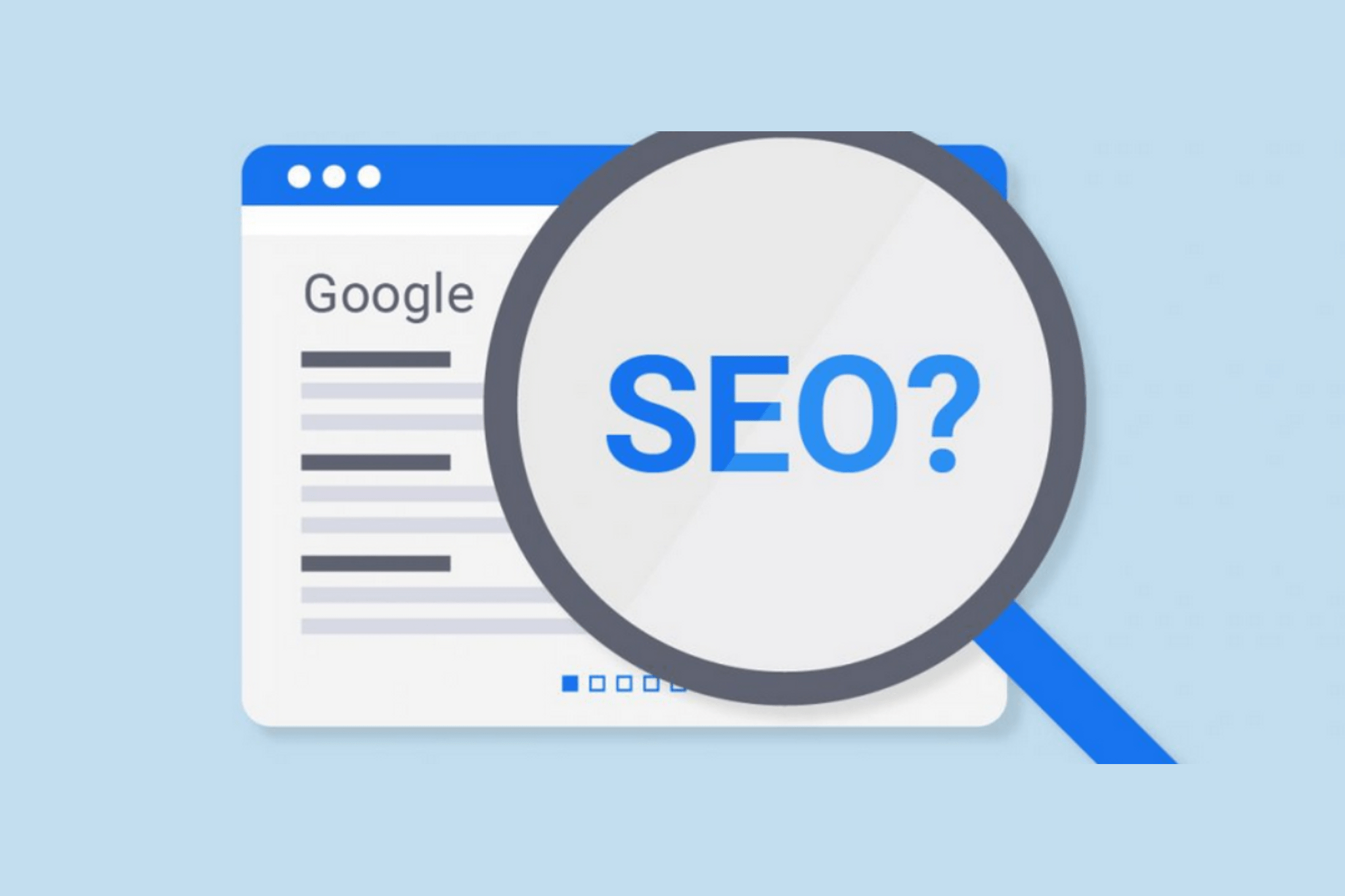WordPress and WooCommerce are both popular choices among website builders. However, you might want to consider tweaking your WordPress website’s SEO, especially if you’re using it as an ecommerce site. Here are five ways to improve your WordPress website’s SEO.
Optimize Title Tags
It’s important that all of your pages have title tags, but WordPress users especially need to make sure they are optimized for SEO. This isn’t easy, especially if you’re not a developer, but there are some steps you can take. First and foremost is making sure that every title tag contains your target keyword. It also helps to follow similar best practices for meta descriptions (so visitors know what they’re going to get before they click on it) and alt text (to get image search traffic). If you keep up with it over time, SEO can be hugely beneficial; don’t assume it’ll happen without any effort on your part!
Reduce Page Load Time
Page load time is critical for search engines because of Google’s implementation of page speed as a ranking factor. Reducing page load time will naturally increase user engagement, but it also directly affects your ranking on search engine results pages (SERPs). While many analytics packages provide general stats about page load times, you’ll want to use a dedicated tool that can monitor performance in real-time and give you actionable feedback. Two popular options are Pingdom and WebPageTest; both offer free accounts with limited usage, while paid plans range from $10/month up to $399/month. The benefit of using these tools is that they provide insight into what’s causing slowdowns—and it isn’t always code-related.
Focus on One Keyword Per Page
Post titles and descriptions are a great place to do keyword research. Use Google Keyword Planner and Moz’s Free Keyword Tool to find out which keywords you should use, then optimize them in both your post title and description. As an added bonus, optimizing post titles makes it easier for readers to share your content on social media. For example, if you run a travel agency and create a new post about upcoming vacations in Hawaii, make sure you include popular search terms like vacation packages or Hawaii resorts in your title. This will help get more people reading about what interests them.
Ensure Image Alt Text Contains Keywords
If a picture is worth a thousand words, don’t you want those thousand words to be relevant? SEO experts argue that alt text—the text that appears below images when they appear in search results—can have a strong effect on how many people click through and view your content. Search engines can read alternative text and use it as keywords, so make sure you include important keywords within alt text. If you’re using an image-heavy theme or plugin like WooCommerce, which doesn’t automatically provide keyword-rich alt texts, go back and edit all of those images with good alternate descriptions.
Optimize Post Titles and Descriptions
Titles and descriptions are part of what search engines use to determine relevance and importance when ranking web pages. To make sure that your page ranks well, be sure to optimize it for search engines by including targeted keywords in relevant places like title tags and meta descriptions. If you’re using Woocommerce or any other e-commerce solution, some of these optimizations will already be taken care of. For instance, most theme options will have a title tag section where you can add keywords into boxes that you want attached to every post/page on your site. When Google crawls your site, it will find all of these keywords, helping people better locate relevant products and information about those products on Google itself (as well as other search engines).






